
Walter‘s Stepfather, Rudolph Engelsberg, Director General of the “Österreichischen Salinen“ (far right), Walter Munk (far left)
“…there are some thousands of World War II veterans alive today who would have been dead in the surf had Sverdrup and Munk not done their best with what they had.“
Blair Kinsman, 1965
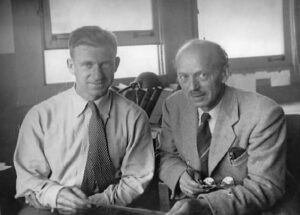
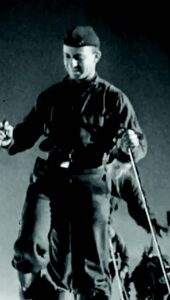
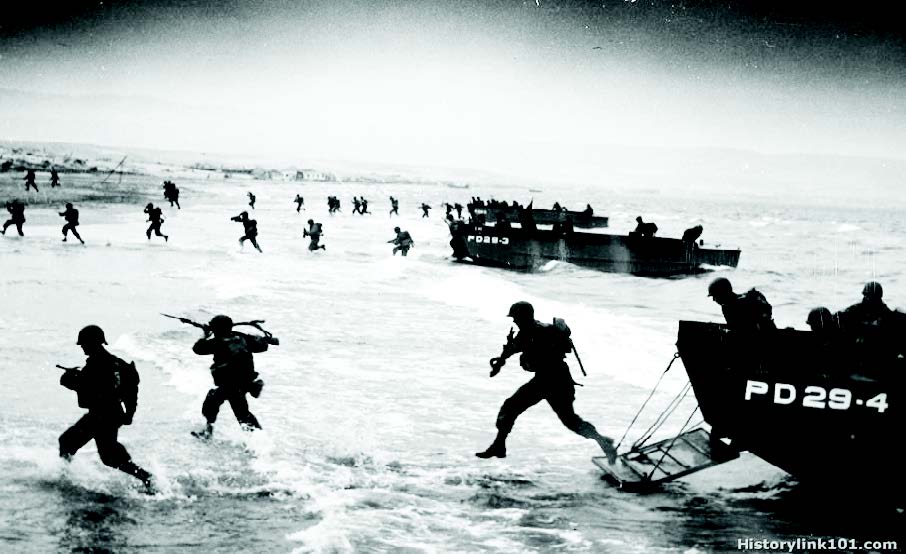
Always thinking of Austria …“It was 1940 and we were losing the war. My homeland, Austria, had been taken over by Germany in 1938 and the Axispowers had overrun much of Europe. It appeared that U.S. military action was imminent, so I enlisted in the newly formed Ski Troops at Fort Lewis, WA.“
Mr. Friedrich Faulhammer, Director General at the Austrian Federal Ministry of Science and Research, awards Walter with the Austrian Medal for Science and Art (2010)


Awarded the Grand Decorat ion of Honor in Silver for Servic es to the Republic of Austria by Dr. Alexander Van der Bellen, Federal President of Austria (2019)
1940s
Served in the U.S. Army Field Artillery and Ski Troops in WWII; researched anti submarine warfare for the Navy; developed wave forecasting methods with Harold Sverdrup critical to supporting the first successful Allied offensive in Oran, Northwest Africa, the Pacific Theater of War, and D-Day landings. Received his PhD from Scripps Institution of Oceanography, UCLA (1947).
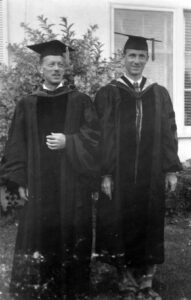
1950s
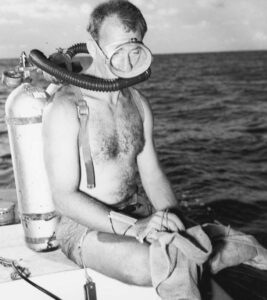
Observed hydrogen bomb test, Ivy Mike, at Eniwetok Atoll from a 3’ x 3’ raft, recording bottom pressure for a possible tsunami (1951); learned to scuba dive shortly after it was invented, while spending nine months at sea on Operation Capricorn; initiated pioneering research on the irregularities in the earth’s rotation, long waves, and tides; proposed idea for Project Mohole to drill through the earth’s crust; calculated how plankton absorb nutrients from the sea by means of diffusive processes; began training the next generation of geophysicists; elected to the National Academy of Sciences (1957).
1960s
Founded the Institute of Geophysics and Planetary Physics at Scripps Institution of Oceanography; Founding Father of the University of California, San Diego; participated in Project Mohole that resulted in development of “dynamic positioning” for drilling vessels using acoustic bottom transponders; expedition documentary, “Waves Across the Pacific;” tracking storm driven waves from Antarctica across the Pacific Ocean to Alaska, using the Floating Instrument Platform (FLIP) and enabling surf predictions, dubbed “Father of Surf Forecasting;” used tide capsules to measure deep-sea tides before such measurements became feasible by satellite; pioneered use of power spectra in describing wave behavior; named California Scientist of the Year (1969).
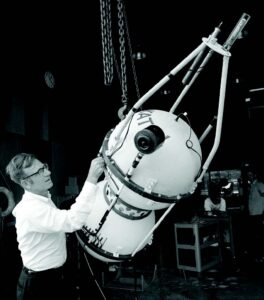
1970s
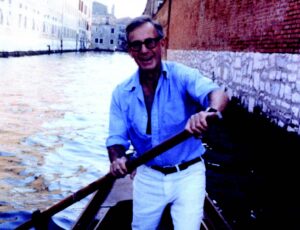
Conducted seminal research on the ocean interior, including the classical description of internal wave processes; pioneered the development of acoustic tomography (sound in the ocean) to study large scale ocean properties; contributed expertise when idea of flood-limiting Venice Gates project began; elected to the Royal Society of London (1976); developed the Garrett-Munk Spectrum, a universal model still in use today.
1980s
Held one of four Secretary of the Navy/Chief of Naval Operations Oceanography Chairs (1984-2019); Led major expeditions including Acoustic Tomography of Ocean Climate (ATOC) testing long range sound signals at Heard Island (“the sound heard around the world”) and correlation to ocean warming; contributed to a fundamental undestanding of tidal friction and ocean mixing (“The Moon, of Course”); jointly published “Ocean Acoustic Tomography” with Peter Worcester and Carl Wunsch; awarded the prestigious applied acoustic tomography to study climate change and ocean warming; awarded the National Kyoto Prize by the Inamori Foundation (1999). Medal of Science by President Reagan (1985).
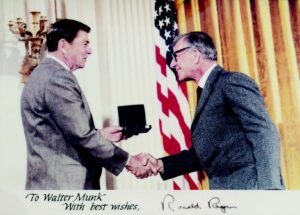
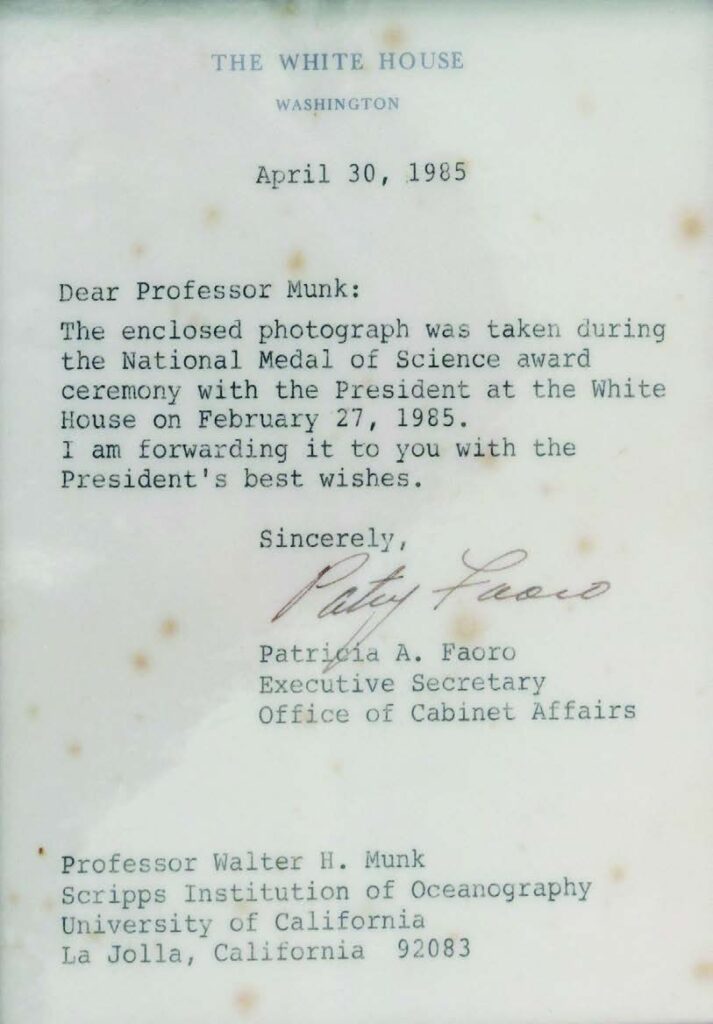
1990s
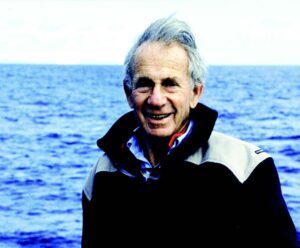
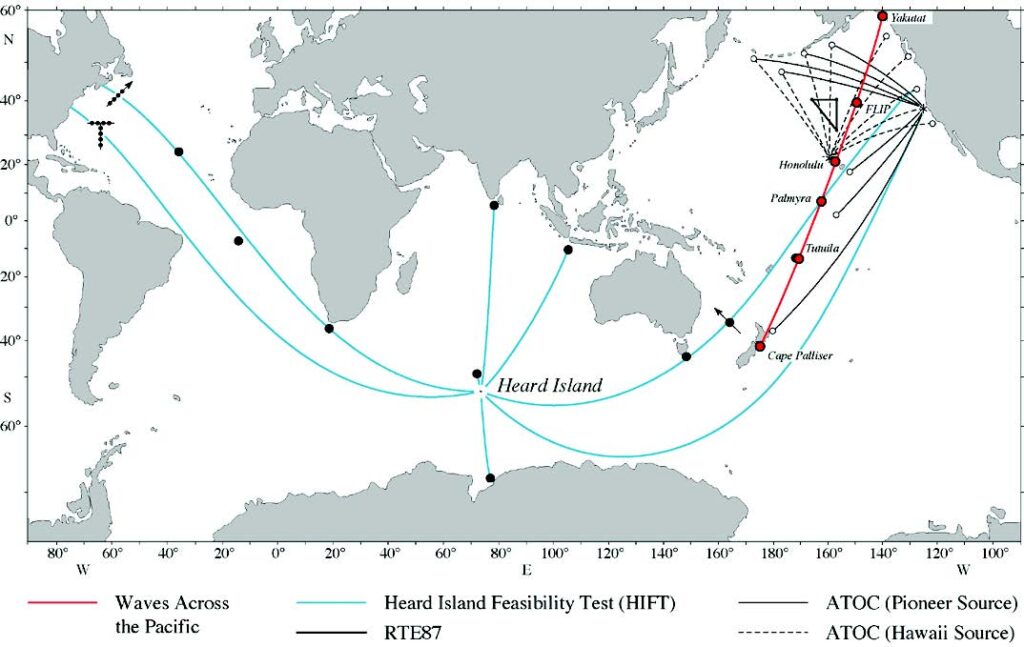
Led major expeditions including Acoustic Tomography of Ocean Climate (ATOC) testing long range sound signals at Heard Island (“the sound heard around the world”) and correlation to ocean warming; contributed to a fundamental undestanding of tidal friction and ocean mixing (“The Moon, of Course”); jointly published “Ocean Acoustic Tomography” with Peter Worcester and Carl Wunsch; awarded the prestigious Kyoto Prize by the Inamori Foundation (1999).
2000s
Integrated acoustic networks into ocean temperature and sea level rise assessments; concerned about climate change and sea level rise since the 50’s, he wrote a paper titled “Twentieth century sea level: An enigma” issuing a challenge to the scientific community at the end of the paper… “Sea level is important as a metric for climate change as well as in its own right. We are in the uncomfortable position of extrapolating into the next century without understanding the last;” publication of Seventy Years of Exploration in Oceanography. A Prolonged Weekend Discussion with Walter Munk, written by Hans von Storch & Klaus Hasselmann, Nobel Laureate.
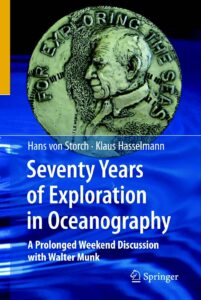
2010s
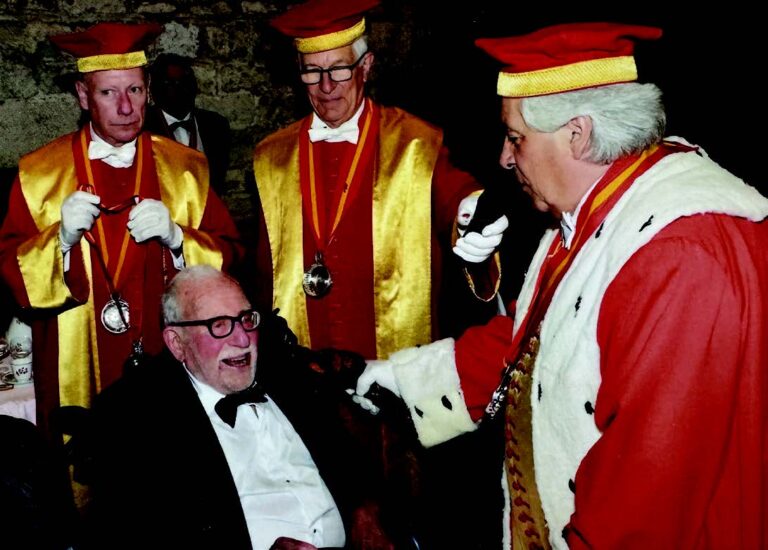
Confrërie des Chevaliers du Tastevin
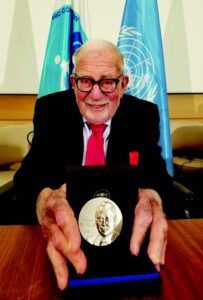
UNESCO/IOC Roger Revelle Medal
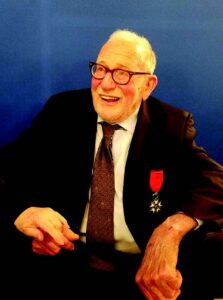
Chevalier of France’s Legion of Honour
Expanded remote sensing and acoustic applications in observing ice melt and surface wave conditions; took an international leading role in observations of the Artic, proposing “Arctic Watch” over an extended period of time to measure the transition of the Arctic from a largely ice-covered sea to a new ocean exposed space as the oceans continued to warm and the Arctic to melt; continued to work on numerous aspects of global warming and climate change as he had done since the 1950’s with Roger Revelle.
2020s
Continuing Walter Munk’s legacy in Altaussee…
Gemeinde Altaussee
Walter Munk Foundation for the Oceans
Universität für Bodenkultur Wien (BOKU)
Universität Innsbruck
Deheyn Lab
HBLFA Raumberg-Gumpenstein

